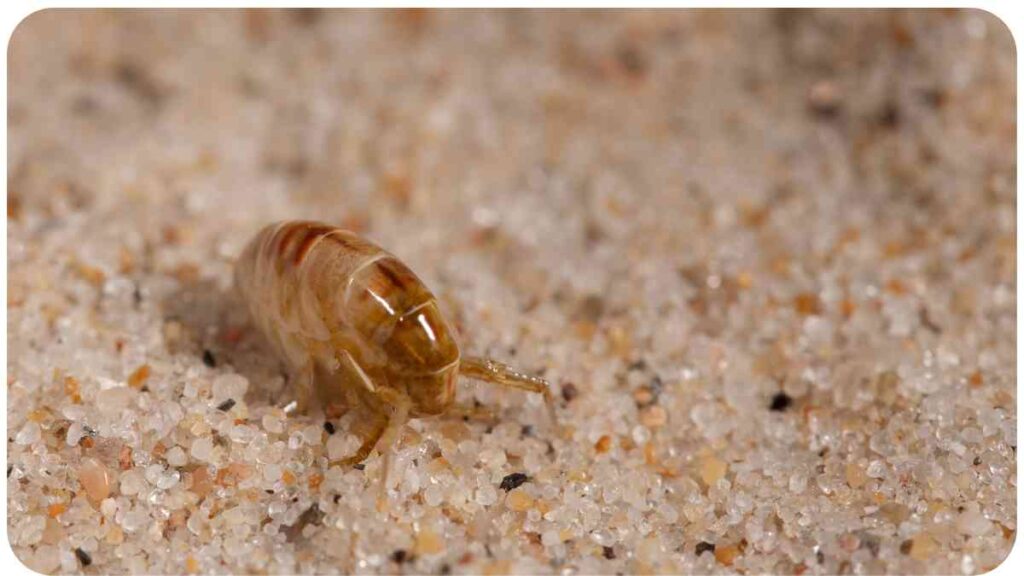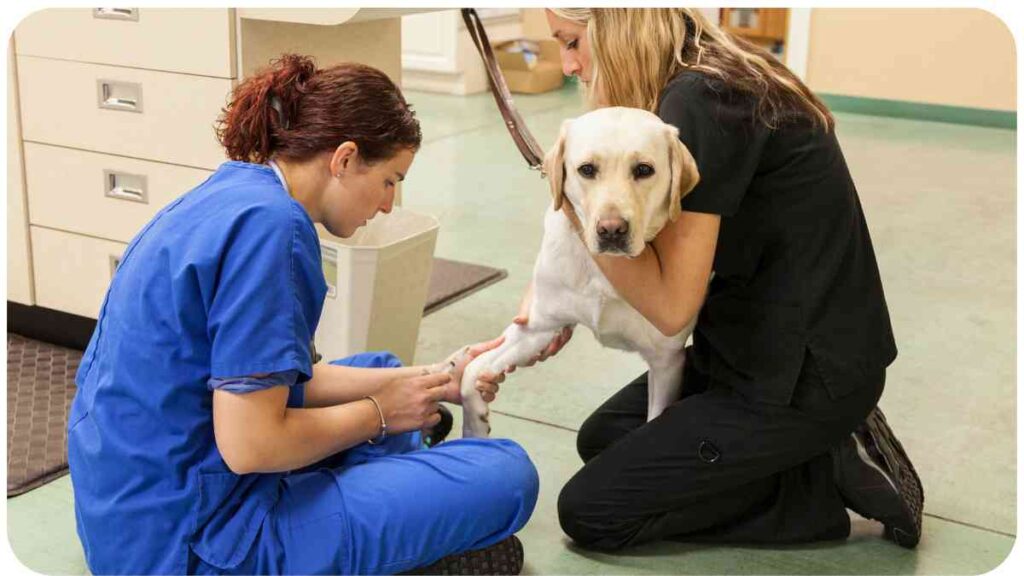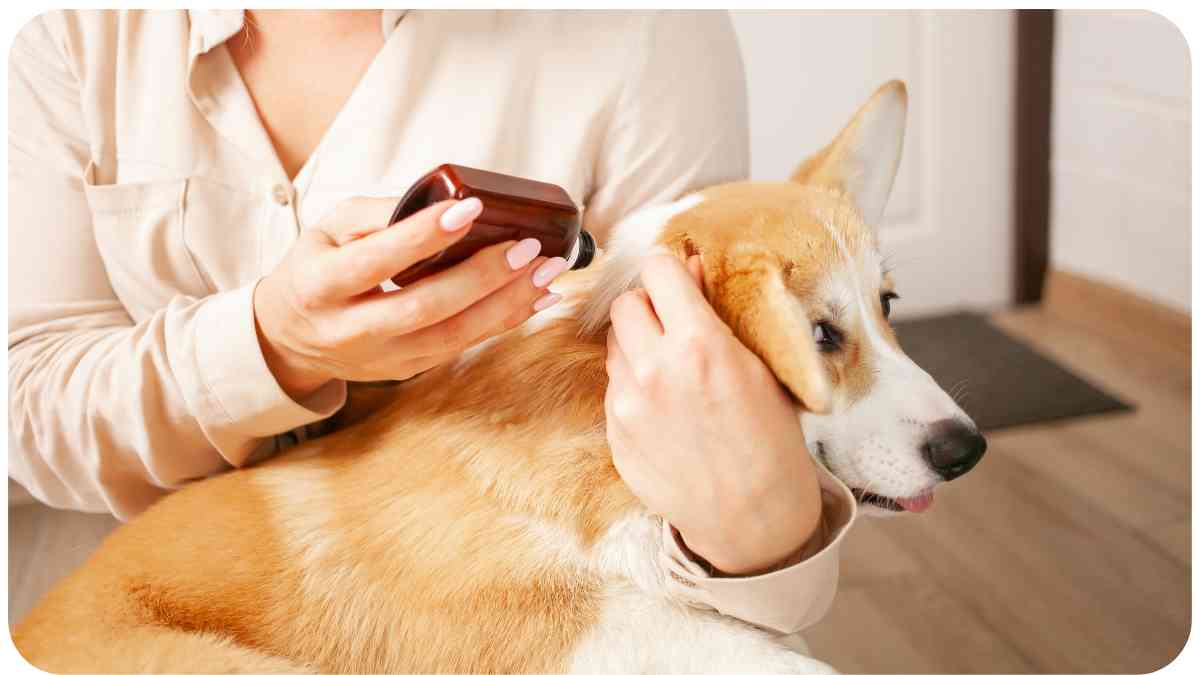Flea infestations in pets can be a nightmare for both your furry companions and you. These tiny, blood-sucking insects not only cause discomfort but can also lead to various health issues in your pets.
In this article, we’ll delve into the world of fleas, helping you recognize the signs of infestations and providing practical solutions to address the problem. As a seasoned pet owner and professional in the field, I’ll also share my own experiences and expertise to guide you through this common pet predicament.
| Key Points |
|---|
| Fleas are more than just an annoyance; they can harm your pets and even pose health risks. |
| Recognizing early signs of flea infestations is crucial for effective treatment and prevention. |
| A combination of home remedies, over-the-counter treatments, and veterinary care can help tackle flea infestations. |
| Prevention is as important as treatment; keep your home clean and use preventive medications to protect your pets. |
| Regular grooming and vigilance are key to keeping your pets and home flea-free. |
| Consult your veterinarian for the best flea control plan tailored to your pet’s specific needs and circumstances. |
2. Understanding Fleas
What are Fleas?

Fleas are minuscule insects that thrive on the blood of mammals, including our beloved pets. They are notorious for their agility and ability to jump astonishing distances. Understanding their biology and behavior is crucial in tackling infestations effectively.
If you’re concerned about ant infestations, watch out for these signs. Learn more about ant issues and prevention in our article on Signs of an Ant Infestation
Life Cycle of Fleas
Table 1: Flea Life Cycle
| Stage | Duration | Description |
| Egg | 2-12 days | Laid on the host (pet) or surroundings. |
| Larva | 5-11 days | Feeds on organic debris, flea feces. |
| Pupa | 2 days to weeks | Develops within a protective cocoon. |
| Adult Flea | Varies | Emerges from cocoon, seeks host to feed on. |
Catching fleas at different life stages requires varying approaches, making this knowledge instrumental in their control.
3. How Fleas Affect Pets
Fleas can cause a myriad of issues for your pets, extending beyond incessant itching. Here’s how these pesky parasites impact our furry friends:
- Skin Irritation: Flea bites can lead to severe itching, redness, and rashes, causing significant discomfort.
- Allergic Reactions: Some pets may develop allergies to flea saliva, resulting in more severe skin problems.
- Anemia: In severe infestations, fleas can lead to anemia, particularly in small or young pets.
Understanding these effects is crucial to gauge the severity of the infestation and determine the best course of action.
Spotting early signs of a cockroach infestation is crucial. Discover what to look for and how to deal with it in our guide on Early Warning Signs of a Cockroach Infestation.
4. Recognizing Flea Infestations

Common Symptoms
Recognizing a flea infestation early can make a world of difference. Look out for these telltale signs:
Table 2: Common Signs of Flea Infestations
| Symptom | Description |
| Excessive Scratching | Pets scratch and bite their fur excessively. |
| Redness and Irritation | Skin may appear red and inflamed. |
| Flea Dirt (Feces) | Tiny black specks on pet’s fur, often mistaken for dirt. |
| Hair Loss | Bald patches from constant scratching. |
Checking for Fleas
Table 3: How to Check for Fleas
| Method | Description |
| Visual Inspection | Look for live fleas or flea dirt on your pet. |
| Fine-Toothed Comb | Comb through your pet’s fur to catch fleas. |
| Flea Comb Dip Test | Dip the comb in soapy water to trap fleas. |
| Flea Allergy Testing | Consult a vet for specialized allergy tests. |
Early detection is key to preventing a full-blown infestation.
5. The Dangers of Flea Infestations
Flea infestations aren’t just an inconvenience; they can pose serious risks to your pets’ health. Let’s delve into these dangers:
- Secondary Infections: Constant scratching can lead to open wounds, increasing the risk of bacterial infections.
- Disease Transmission: Fleas can transmit diseases like tapeworms and bartonellosis (cat-scratch disease).
- Psychological Stress: Infested pets often suffer from stress and anxiety due to the constant discomfort.
Addressing these risks promptly is vital for your pet’s well-being.
While focusing on pet flea infestations, it’s important to recognize other pests too. Explore the signs of mosquito infestations in our article, The Buzz on Mosquito Infestations
6. Addressing Flea Infestations
Now that we’ve explored the perils of flea infestations, it’s time to take action. Here, I’ll provide you with various methods to address these pesky parasites.
Home Remedies
Table 4: Effective Home Remedies
| Method | Description |
| Flea Bath | Use mild pet-friendly shampoo for a thorough wash. |
| Flea Comb | Regularly comb your pet to remove adult fleas. |
| Vacuuming | Vacuum your home, focusing on pet areas and bedding. |
| Natural Repellents | Essential oils like lavender or neem can deter fleas. |
Home remedies can be a good initial step, especially for mild infestations.
Over-the-Counter Treatments
Table 5: Over-the-Counter Flea Treatments
| Product Type | Description |
| Flea Collars | These collars emit chemicals to repel fleas. |
| Topical Solutions | Liquid solutions applied to the pet’s skin. |
| Oral Medications | Flea pills or tablets for oral administration. |
Consult your veterinarian before using any over-the-counter products to ensure they are safe and effective for your pet.
Veterinary Care

Table 6: Veterinary Flea Treatment Options
| Treatment Option | Description |
| Prescription Medications | Veterinarians can prescribe powerful flea control products. |
| Flea Injections | Injectable solutions for long-term prevention. |
| Professional Grooming | Expert groomers can help remove fleas effectively. |
Veterinary care is crucial for severe infestations or persistent flea problems.
7. Prevention Strategies
Preventing fleas from infesting your pets and home is just as important as treating an existing infestation. Let’s explore some preventive measures.
Not only fleas but rats can be a problem too. Find out how to identify rat infestations with our guide on How to Spot the Telltale Signs of a Rat Infestation
Keeping Your Home Flea-Free
Table 7: Home Flea Prevention Tips
| Tip | Description |
| Regular Cleaning | Clean pet bedding, carpets, and upholstery regularly. |
| Yard Maintenance | Keep your yard tidy to minimize flea habitats. |
| Use of Diatomaceous Earth | This natural substance can help kill fleas. |
Regular Pet Grooming
Table 8: Grooming Tips for Flea Prevention
| Grooming Practice | Description |
| Frequent Bathing | Bathe your pet with flea-repelling shampoo. |
| Brushing | Brushing helps remove fleas and their eggs. |
| Inspection | Regularly inspect your pet’s fur for signs of fleas. |
Medications for Prevention
Table 9: Flea Prevention Medications
| Medication Type | Description |
| Topical Preventatives | Monthly applications to repel and kill fleas. |
| Oral Preventatives | Monthly or quarterly pills for flea prevention. |
Consult your vet to determine the most suitable prevention plan for your pet.
8. My Personal Experience
As a pet owner and professional, I’ve encountered my fair share of flea infestations. It can be a frustrating and stressful experience, but it’s crucial to stay proactive. Here are some insights from my own journey:
If you’re dealing with various pest issues, including cockroach infestations, check out our informative post on How to Get Rid of Cockroach Infestation. Our MD’s expert advice can help you tackle these challenges effectively.
Dealing with Flea Infestations
When I first faced a flea infestation, I tried various home remedies. While they provided temporary relief, the infestation persisted. It was then that I decided to consult my vet, who prescribed a powerful medication that effectively tackled the problem.
Successful Treatment Methods
Over the years, I’ve found that a multi-pronged approach works best. I combine regular grooming, cleaning, and preventive medications to keep my pets flea-free. It’s essential to stay consistent and vigilant to prevent reinfestations.
10. Conclusion
Flea infestations can be a frustrating ordeal for both pets and pet owners. However, with a solid understanding of these pests, prompt recognition of infestations, and a combination of treatment and prevention methods, you can keep your furry companions happy, healthy, and flea-free. Remember, your vet is your best ally in the fight against fleas, so don’t hesitate to seek their guidance. Keep your home and pets clean, and your bond with your pets will remain itch-free and joyful.
Further Reading
Here are some additional resources to help you dive deeper into the topic of flea infestations:
- Identifying Flea Infestation Symptoms
- Explore this comprehensive guide to recognize the symptoms of flea infestations in pets and how to take action.
- Understanding Flea Infestations
- Delve into the scientific aspects of flea infestations, their impact, and treatment options.
- Signs of a Flea Infestation
- Learn about the signs of a flea infestation in your home and how to effectively control it.
FAQs
Can fleas infest humans?
While fleas prefer pets, they can bite humans and cause itching. Human flea infestations are relatively rare but can occur.
How do I check my pet for fleas?
You can visually inspect your pet’s fur for signs of fleas, use a fine-toothed comb to comb through their fur, or consult a vet for specialized tests.
Are natural remedies effective against fleas?
Natural remedies can provide some relief, but for severe infestations, professional treatment is often necessary.
How often should I treat my pet for fleas?
The frequency of flea treatment depends on the product you use. Consult your vet for guidance on the most suitable schedule.
Can I use dog flea treatments on cats or vice versa?
No, cat and dog flea treatments are different, and using the wrong one can be harmful to your pet. Always use the product specified for your pet’s species.

Hello! I’m Hellen James, and I write about how to keep pests from invading your home. For the last 10 years, I’ve been working in pest control and am excited to share my expertise with you!


